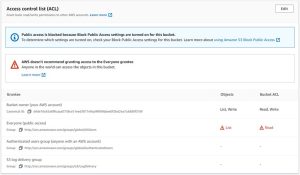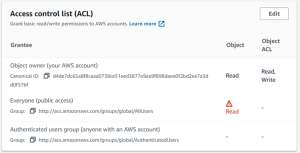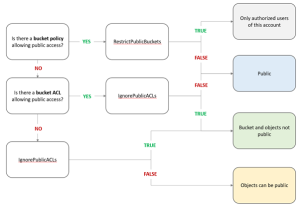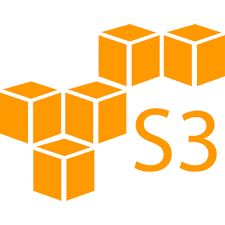S3 is AWS’s distributed storage administration. S3 gives the capacity to store, recover, access, and back up any measure of information whenever and place.
As S3 is object-based capacity, this implies that all information is put away as articles.
Each article has three fundamental parts; the item’s happy, the article’s extraordinary identifier, and the article’s metadata (counting its name, size, URL).
An Object can’t be free, it should exist inside a can. There can be many containers in every Amazon account and inside each pail, there can be many items.
Step by step instructions to Access Objects Within an AWS Bucket
Admittance to a container is conceded similarly likewise with some other AWS assets – you really want an unequivocal permit and no denies to be given admittance.
The unequivocal permit can be given in three ways – container strategy, can ACL, and object ACL.
S3 Bucket strategy: This is an asset based AWS Identity and Access Management (IAM) strategy. You add a pail strategy to a can to give other AWS accounts or IAM clients access consents to the container and the articles inside it. Object authorizations apply just to the articles that the container proprietor makes.

S3 Bucket ACL/Object ACL: This is a sub-asset that is joined to each S3 container and item. It characterizes which AWS records or gatherings are allowed admittance. Assuming it characterizes access as open, that will permit everybody consents, while assuming it characterizes access just to a confirmed client bunch, this implies anybody with an AWS record will have authorizations. It likewise characterizes the kind of access these clients have, like read or compose access.
At the point when you make a container or an item, Amazon S3 makes a default ACL that gives the asset proprietor full command over the asset.
Bucket ACL

Object ACL

Block Public Access


The issue with AWS’s assessment
As may be obvious, these four access choices don’t be guaranteed to permit you to give authoritative responses to regardless of whether your items are public, and which containers are secure. While ‘Public’ is a highly contrasting result, as is ‘Pail and items not public’, the other two are available to disarray. Specifically, the result of ‘Articles can be public’ leaves your security groups oblivious about regardless of whether things are open.

